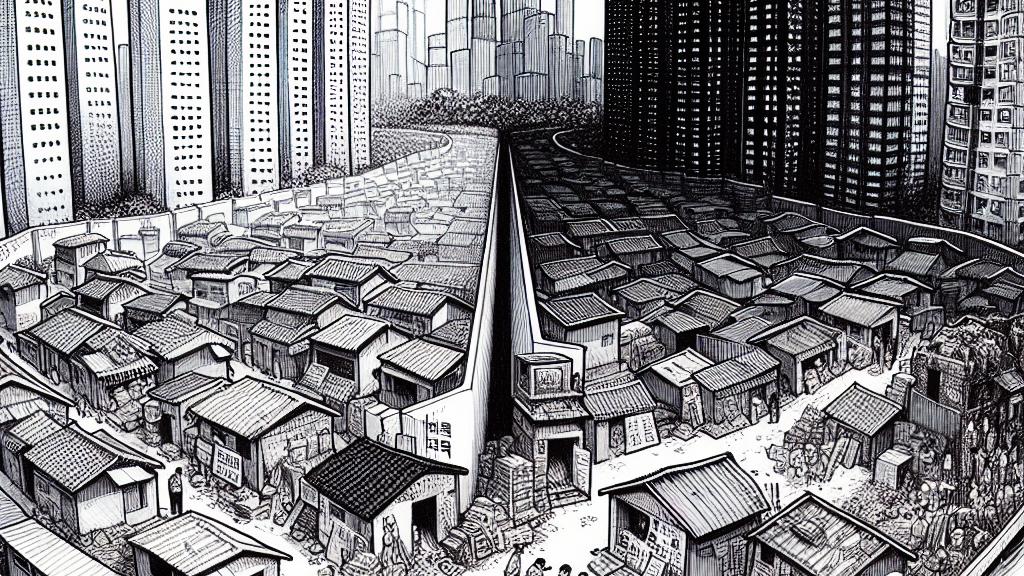Understanding State-Led Urban Change and Gentrification in Korea
Overview
- Explore the transformative impact of state-led urban change on residential areas.
- Gentrification intricately reshapes communities, causing emotional distress among residents.
- Understand the critical need for equitable urban policies to support existing neighborhoods.

The Context of Urban Change in Korea
In South Korea, particularly in the vibrant city of Seoul, urban change manifests through the lens of gentrification, weaving a complex tapestry of cultural and economic transformation. Once-affordable neighborhoods are being revitalized and transformed into highly desirable locations for affluent newcomers. This shift can be thrilling yet alarming. For example, the contrasting urban renewal strategies highlight the dilemma: in Sangwangsimni, property-led redevelopment displaces long-standing residents, often paving the way for luxury high-rises. Conversely, Changsin-Sungin exemplifies state-led regeneration, where efforts are made to include existing residents, allowing them to remain in their homes despite the alterations in their community’s demographic and cultural fabric.
Effects of Gentrification on Residents
The effects of gentrification go beyond mere physical changes—they infiltrate the emotional and psychological domains of community life. Residents in Changsin-Sungin, despite staying in the neighborhood, often express feelings of alienation. One local worker poignantly recounted an experience of feeling like an exhibit for tourists, illustrating the loss of familiar social dynamics and the discomfort that arises when one’s home becomes a spectacle. Interestingly, while some longtime residents embrace new cafes and shops as refreshing additions, they simultaneously grapple with fears of losing their neighborhood's unique identity amid rapid commercialization. This nuanced struggle reveals a poignant truth: even in preservation, emotional displacement lurks as familiar surroundings morph before their eyes.
Towards Equitable Urban Development
As we navigate the complexities of urban development, the imperative for equitable and inclusive policies has never been clearer. The insights from Dr. Kim and Dr. Križnik's research underscore that both direct and indirect forms of displacement warrant serious attention. Policymakers must strive to design frameworks that amplify resident voices, ensuring that urban revitalization efforts cater to both new and existing community members alike. For instance, forming community advisory boards can empower residents, facilitating dialogue between stakeholders and minimizing feelings of disenfranchisement. Ultimately, the lessons from South Korea’s evolving urban landscape can illuminate pathways for other cities worldwide, emphasizing the balance between growth and the meaningful preservation of community identity.

Loading...